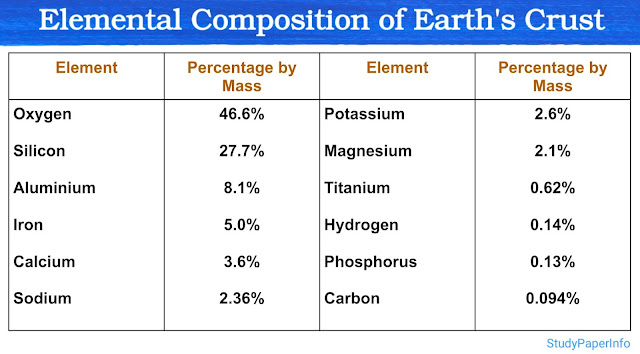Discovery of the plasma membrane
The discovery of the plasma membrane was a gradual process that spanned centuries. Early scientists observed cells without recognizing their boundaries and with advancements in microscopy and chemistry, the existence and structure of the plasma membrane were eventually established. Understanding the plasma membrane was crucial in shaping modern cell biology because it is essential for maintaining cellular integrity as well as communication and transport.
Early Observations of Cells (1665–1850s)
The first step toward the discovery of the plasma membrane began with the identification of cells. In 1665, the English scientist Robert Hooke observed thin slices of cork under a simple microscope. He noticed small compartments that resembled tiny rooms and called them "cells." However, Hooke's microscope lacked the resolution to see internal cell structures, including the plasma membrane.
In the 1670s, the Dutch scientist Antonie van Leeuwenhoek improved the microscope and observed living cells such as bacteria and protozoa, which he called "animalcules." His observations provided the first glimpse of cell structures but did not describe a surrounding membrane. Scientists of this period were unaware of the plasma membrane since microscopes were not powerful enough to reveal such fine details.
During the early 19th century, the cell theory emerged as a fundamental principle in biology. The German botanist Matthias Schleiden in 1838 and the zoologist Theodor Schwann in 1839 proposed that all living organisms are made of cells, which formed the foundation of modern biology. In 1855, Rudolf Virchow extended this theory by stating that all cells arise from pre-existing cells. These discoveries confirmed that cells were the basic units of life, yet they did not establish the presence of a distinct membrane surrounding them.
First Hypothesis of a Cell Boundary (1855–1890s)
The first indirect evidence of the plasma membrane came from the work of the Swiss botanist Carl Nageli during the mid-19th century. He suggested that cells must have an outer boundary that regulates their interactions with the environment. Around the same time, the German scientist Charles Overton conducted experiments on plant cells and observed that lipid-soluble substances could easily penetrate the cell, while water-soluble substances had difficulty entering. Based on these observations, Overton proposed that the outer layer of cells must be composed of lipids, as lipid-soluble substances passed through more easily.
This was one of the earliest clues that the plasma membrane existed and played a role in selective permeability. However, at this stage, scientists still lacked direct evidence of the membrane’s structure.
Experimental Evidence and the Lipid Bilayer Model (1900–1930s)
A major breakthrough in the discovery of the plasma membrane came in 1925 with the work of the Dutch scientists Evert Gorter and F. Grendel. They conducted experiments using red blood cells, which are also called erythrocytes, and extracted their lipids. By spreading these lipids into a monolayer on a water surface and measuring their total area, they found that the surface area was twice the estimated surface area of the cells.
From this, they concluded that the membrane was not just a single layer of lipids but instead a bilayer, with hydrophobic or water-repelling tails facing inward and hydrophilic or water-attracting heads facing outward. This lipid bilayer model was a crucial step in understanding the plasma membrane's structure.
In the 1930s, Hugh Davson and James Danielli expanded on this model by suggesting that the lipid bilayer was coated on both sides with proteins, forming a sandwich-like structure. According to their Davson-Danielli model, the plasma membrane was composed of a lipid bilayer covered by protein layers that provided stability and selective permeability. While this model was widely accepted for several decades, it was later revised when new discoveries in molecular biology emerged.
Electron Microscopy and Membrane Proteins (1950s–1960s)
The 1950s marked a significant advancement in cell biology with the development of electron microscopy, which allowed scientists to observe cellular structures in much greater detail. Electron microscope images provided the first clear evidence of the plasma membrane as a distinct boundary surrounding the cell.
During this time, researchers discovered that proteins were not just coating the membrane but were embedded within it. Studies using biochemical techniques showed that membrane proteins were integral to its function, which challenged the Davson-Danielli model that proposed only an external protein coating.
The Fluid Mosaic Model (1972)
The final breakthrough in understanding the plasma membrane came in 1972 when S. Jonathan Singer and Garth Nicolson proposed the fluid mosaic model. This model revolutionized the concept of membrane structure since it incorporated new findings about membrane dynamics as well as protein distribution.
According to the fluid mosaic model:
- The plasma membrane is not rigid but is fluid, which allows lipids and proteins to move freely within the bilayer.
- Proteins are embedded within the lipid bilayer rather than just coating the surface, as previously believed.
- Cholesterol molecules are interspersed within the bilayer and they help to maintain membrane stability as well as fluidity.
- Carbohydrates attached to proteins and lipids play a role in cell recognition and signaling.
This model remains widely accepted today and has been supported by modern imaging techniques along with molecular studies. It explains how the plasma membrane functions in transport, communication and cellular interactions.



Comments
Post a Comment